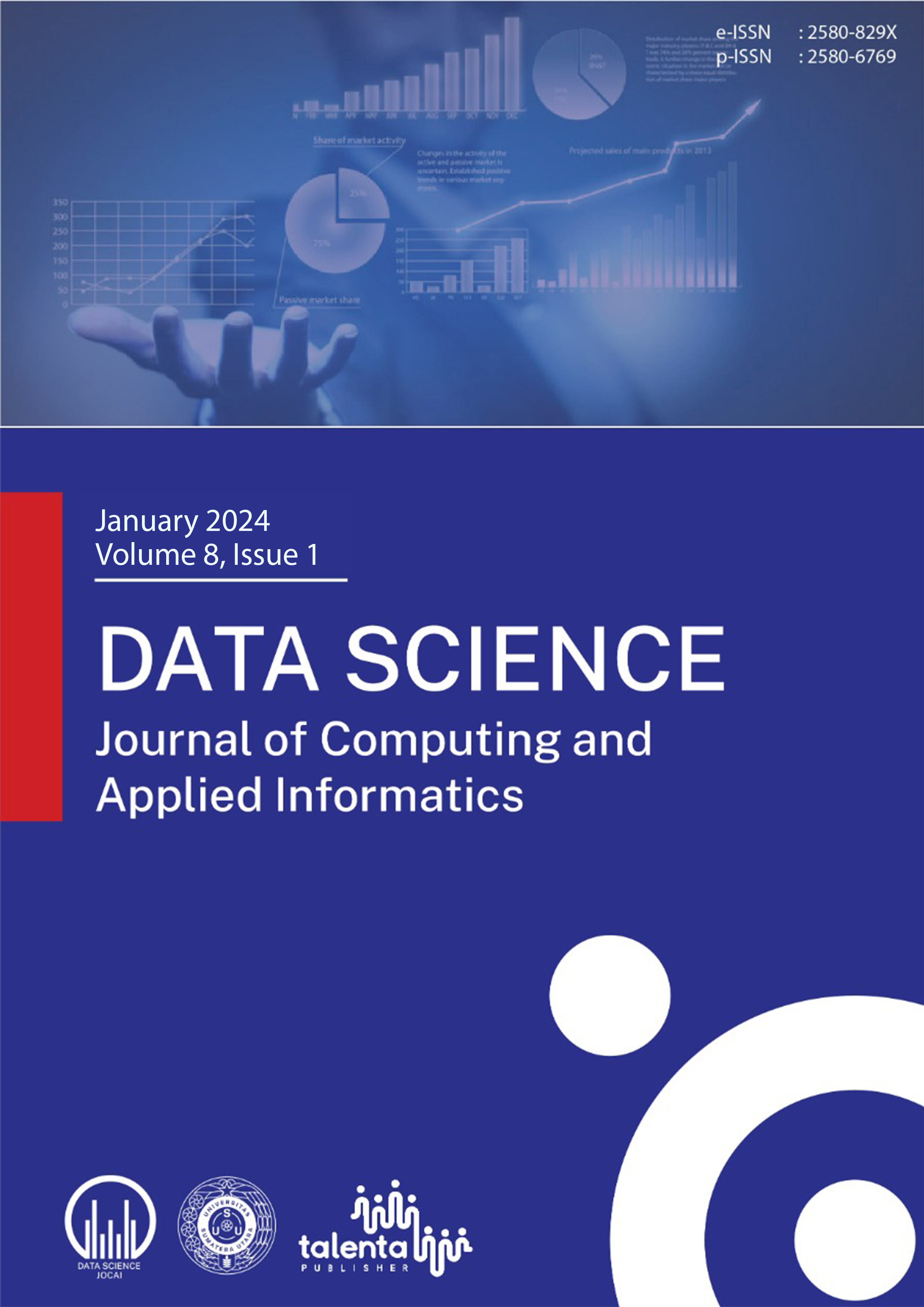Fuzzy Approach For Determining Statistical Process Control (Spc) Tools Location On Production Floor
DOI:
https://doi.org/10.32734/jocai.v8.i1-17137Keywords:
Statistical Process Control (SPC), Conditional Probability, Markov Matrix, Fuzzy membership functionAbstract
Statistical Process Control (SPC) is a technical tool that is used to control and to improve almost any kind of process. However, because of cost consideration, management need to decide which process should apply SPC. In this paper, we propose the use of probability and fuzzy membership function to determine SPC allocation. Conditional probability is used to analyse process failure rate and process repair rate. Then, using Markov Matrix, we calculate the probability of out-of-control process (PO). Nevertheless, in a production line that consists of many parts, the probability value is not adequate to be used as a reference to determine SPC allocation. There are cases for instance, where the value of PO in one part does not mean the same as in other parts since each part may have different sensitivity degree to the final product. For example 0.25 of PO in part 1 may have higher influence to the final product compare to 0.25 of PO in part 2 or part 3. Furthermore, we cannot randomly choose one of those parts to apply SPC or even decide to apply SPC in all parts of the production line. To overcome this problem we propose fuzzy membership function that uses linguistic terms and degree of memberships to analyse PO instead of the probability values. By this mean, the SPC allocation could be determined without ambiguity. For this purpose, the membership function is classified into three categories, namely LOW, MEDIUM and HIGH. Any part with PO fall into the “HIGH†category and high degree of membership is prioritized to apply SPC.
Downloads
References
Nithesh Naik, Dasharathraj K Shetty, Balakrishna Maddodi, Namesh Malarout, J. Samant, 2019, Analysis of manufacturing process and production line for quality in paper industry, I, International Journal of Mechanical Engineering and Technology (IJMET) Volume 10, Issue 01, pp. 1793-1803
Eleonora Bottani , Roberto Montanari, Andrea Volpi, Letizia Tebaldi, Giulio Di Maria, 2021, Statistical Process Control of assembly lines in a manufacturing plant: Process Capability assessment, Procedia Computer Science, Elsevier, Volume 180, 2021, Pages 1024-1033
Tao Zan, Zhihao Liu ,Zifeng Su, Min Wang, Xiangsheng Gao, Deyin Chen, 2020, Appl. Sci. 10(1), 308;
Jang, Y.J. 1999. Mathematical Model for Optimal Allocation Statistical Process Control. Masters Thesis. Department of Mechanical Engineering. Massachusetts Institute of Technology, Cambridge, MA.
Tanya Avramova, Dimka Vasileva, Teodora Peneva. 2024, An overview of the basic concepts and terms related to manufacturing process capability evaluation, Proceeding of Conference: TRANSPORT, ECOLOGY, SUSTAINABLE DEVELOPMENT: EKO VARNA 2023, pp. 1-8
Nababan, E.B, Hamdan, A.R, Hasan, M.K. & Mohamed, H. 2003. Transition Probability in Allocating SPC. Proceeding on International Simposium on Information Technology (ITSim2003). Kuala Lumpur. 337-346.
Negnevitsky, M. 2011. Artificial Intelligent: A Guide to Intelligent Systems. Essex: Addison Wesley.
Hangyao Wu, Zeshui Xu, 2020, Fuzzy Logic in Decision Support: Methods, Applications and Future Trends, International Journal of Computers, Communications & Control (IJCCC), Volume: 16, Issue (1)
Sposito Valamede Luana, Santos Akkari, Alessandra Cristina, 2020, Lean 4.0: A new Holistic Approach for The Integration of Lean Manufacturing Tools and Digital Technologies, International Journal of Mathematical, Engineering and management Sciences, 5 (5), pp. 851-868
Bonome Message, Costa Luana, Godinho Filho, Moacir Fredendall, Lawrence D., Miller Devos Ganga Gilberto., 2021, Lean six sigma in the food industry: Construct development and measurement validation, International Journal of Production Economics, 231, p. 107843
Oakland J., 2003, Statistical Process Control†(Fifth edition), Butterworth-Heinemann, Oxford
Bick, I.A.; Bardhan, R.; Beaubois, T. (2018). Applying fuzzy logic to open data for sustainable development decision-making: a case study of the planned city Amaravati. Natural Hazards,91(3), 1317–1339
Ghani, U.; Bajwa, I.S.; Ashfaq, A. (2018). A fuzzy logic based intelligent system for measuring customer loyalty and decision making, Symmetry, 10(12), 761, 2018.
Wolfgang Hitzl, 2021, How to compute transition probability in a non-homogenous continuous time Markov model along a certain path?
Gábor Berend, 2020, Efficient algorithm to compute Markov transitional probabilities for a desired PageRank.
Sushil Pokharel, 2022, How the transition probability matrix can be calculated in 2nd order Markov model, www.mathworks.com (access 20 November 2023)
Downloads
Published
How to Cite
Issue
Section
License
Copyright (c) 2024 Data Science: Journal of Computing and Applied Informatics

This work is licensed under a Creative Commons Attribution-ShareAlike 4.0 International License.















